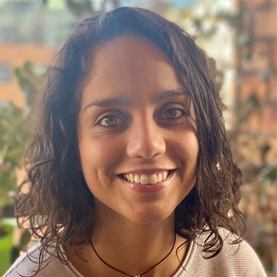
For many years, my identity in the world has been “shaman-healer-anthropologist.” That’s a convenient way for the world to perceive me, but that’s not who I really am—I’m much bigger and broader than that. As Walt Whitman once wrote: “Very well then, I contradict myself / (I am large, I contain multitudes).” A few years ago, I became attached to a characterization of myself that appeared in my earlier books, that of the explorer. In a book review, The New York Times had even referred to me as the “Indiana Jones of anthropology.” I so identified with this character that it became very limiting and one-dimensional.
When I turned 40, the young-anthropologist typecasting became ridiculous, and the rugged adventurer in me was quite exhausted. By rejecting this definition of myself, I was able to open up to other sides of who I was. I discovered that while I’ll always be learning, for instance, I’m also a teacher, and now I train others in the medicine way. The adventures I pursue today are of the spirit and are no longer in the deep Amazon.
We all have convenient labels that the world attaches to us to describe how we’re primarily perceived: soccer mom, social activist, recovering alcoholic, vice president, assistant, and so on. The trouble starts when we believe that the label encompasses all that we are and dictates how we must be. We think that we’re supposed to have a certain set of interests, beliefs, and behaviors if we’re to be Indiana Jones; and we become confused, embarrassed, or frustrated when we find ourselves thinking, feeling, and operating in a completely different way.
In many spiritual traditions, in order to become a monk or a nun you have to shed your nice clothes, shave your head, and don a simple and cheap robe so that you won’t be perceived by anyone as a person of any importance. You’re forced to find your reference point internally instead of externally. No one knows who your parents were, what you’ve accomplished, or what your childhood friends think of you. You get past the ego, or personality, and discover the self that can’t be so easily defined. You let go of your attachment to the material and the psychological—and even the spiritual, if you were really devoted to dogma—and your reference point is no longer your ego but your divinity. You detach from the labels you’ve created for yourself or that you allowed to be created for you.
Nonattachment requires you not only to let go of your roles and your stories, but to also let go of the part of yourself that identifies with these dramas. When you stop attaching your ego to the small identity of a spouse, child, student, teacher, and the like, you let go of your preconceived notions about who you are, and you stop fretting about whether you’re pleasing or displeasing others. You stop needing validation from people and becoming upset or sad when you don’t receive it. You’re free to simply be whoever you want to be.
.







